Breathe Smarter: New Asthma Management Technology [2022]
New Technology That Helps Control Asthma And Prevent Attacks
![Breathe Smarter: New Asthma Management Technology [2022]](https://hydrokleen208.com/wp-content/uploads/2022/02/Asthma-Attack-Daughter-And-Mom-Rounded-Compressed.png)
Modern science hasn’t found a cure for asthma yet. But, the latest technology can help you manage your symptoms and treatment better than ever before. Everything from apps to smart products to new cleaning strategies makes a world of difference.
And, these breakthroughs come just in time.
Even before 2020, Americans, in general, spent around 90 percent of their time indoors where asthma triggers build up. Now, with remote work and learning taking off, managing your home’s air quality is crucial.
Related: Can Air Conditioning Trigger Asthma Symptoms And Attacks?
We’ll explore the latest and greatest tools out there. If you’re looking for more ways to improve the indoor air quality in your Donnelly, ID home (or anywhere in the Treasure Valley), call HydroKleen208 at (208) 779-5596.
New Asthma Treatment Technology
The basics behind rescue inhalers, albuterol treatments, oral corticosteroids, and other standard treatments are still the same. But, their delivery methods are getting smarter, and you have more ways than ever to track, treat, and address your symptoms.
Smart Inhalers
Do you know how often you use your inhaler? Your doctor probably asks, and sometimes it’s tough to keep track. THat’s where smart inhalers come in.
These new products use Bluetooth and other mobile technology to track your usage. Not only do you get a record of when you’re using it. That data can help prevent future attacks.
With close, careful tracking, you and your doctor can identify the expected times you need your medication. From there, you can work on how to prevent those events. Your doctor may also recognize a need to change your medicine or adjust the dosage.
Some models can even tell if you’re using the inhaler properly or not. Or alert you that you’re entering an area with a lot of pollen or pollution.
Interactive Spirometers
Managing asthma for children is challenging. They don’t always understand why they need to do things their friends don’t have to. Or take medicine that other kids don’t need. An interactive spirometer makes it easier for them to follow doctors’ orders.
Take Aluna, for instance. It looks like a toy, and it connects to an app with an interactive game for children. That makes it more engaging for them, which means using it is less of a struggle.
It will also time out after too many tries. That way, your child won’t tire out their lungs by “playing” with it too much at once.
Meanwhile, the app tracks and stores the results. You can download the data, send them to your doctor, and get real-time alerts with results when your child uses it.
New Apps
 Beyond gadgets, your smartphone alone can help you manage your asthma. They’re easy to use, and most are free.
Beyond gadgets, your smartphone alone can help you manage your asthma. They’re easy to use, and most are free.
Asthma MD (And Others)
Asthma MD makes it easy to keep a detailed asthma journal. It lets you log your medication usage, attacks, and more. Since it’s an app, you can access it on multiple devices — no need to keep a physical book with you.
You can color-code it and log entries for everyone in your family. And send the data directly to your doctor.
You can also check out Asthma Buddy and AsthmaTrack. They have similar features.
KagenAir App
The KagenAir App isn’t just for people with asthma. But, it’s an excellent tool for those managing it for themselves or family members. It’s an app that tracks weather along with common asthma and allergy triggers in the environment around you.
Related: Common Asthma Triggers From Mother Nature [And How To Avoid Them)
You can fine-tune it by answering a few questions about your allergy or asthma symptoms and triggers. It takes less than a minute every day.
From there, the app customizes your daily report. Depending on what you need to know, you’ll get information about pollen counts, humidity, wind speed and direction, mold spores, pollution, and more.
Preventing Asthma Attacks In Homes With Ductless Mini Splits
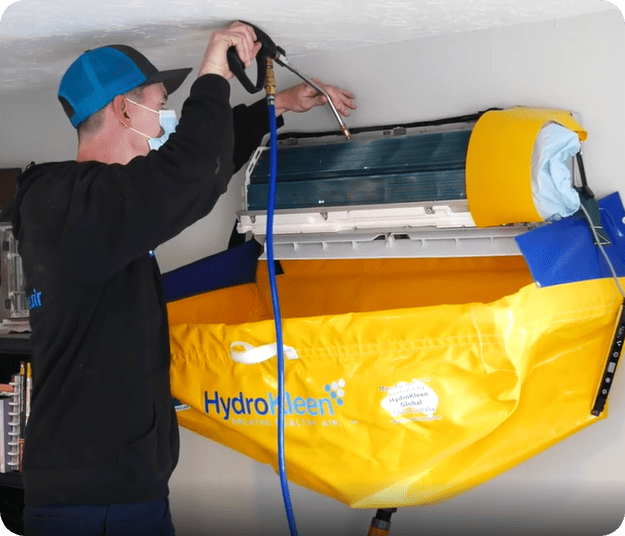
Homes with mini splits, or ductless heating and cooling systems, often have more asthma triggers than you may realize.
All sorts of dust, dirt, and microbial contaminants build up inside the air handlers. They take hold behind the barrel fans and in the tiny grooves of the coil behind the filter.
Then, when the system turns on, all that junk blows into the air around you.
If you have a mini split, ask yourself: Have you been experiencing more allergy symptoms or asthma attacks after having your system for a year or longer? Does the air in your home feel stale or just not as clean as it used to?
Related: Excellent Indoor Air Quality Is Essential For People With Asthma
If so, the odds are your air handlers are gunked up with pollen and dust and infested with mold and mildew. If you were to take it apart (which we don’t recommend), you’d probably see something like this:
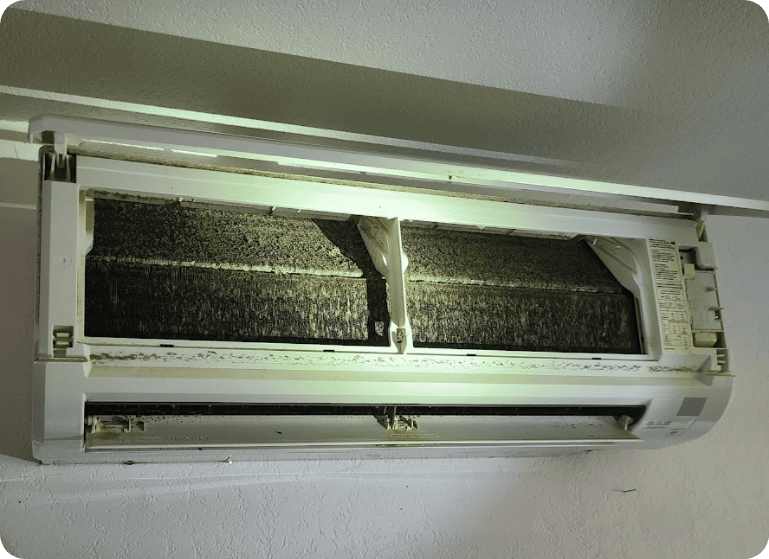
That stuff can and will trigger asthma attacks — and worse. In severe cases, mold spores circulating from an air handler cause toxic mold problems.
Fortunately, there’s a fast and easy solution for businesses and homeowners in Valley County and Boise Metro: A deep cleaning.
Why A Deep Cleaning Is Important
A mini split deep cleaning goes way beyond cleaning your filter or even having an HVAC professional perform service or maintenance on your system. It’s the only way to reach every nook and cranny inside your system and eradicate the pollutants inside it.
Related: How Often Should A Mini Split Be Cleaned?
Our cleanings work so well because our parent company, HydroKleen Global, spent more than a decade researching and developing tools and strategies specifically to clean these systems.
Now, HydroKleen208 brings those innovations to the Treasure Valley with a fast, easy, and inexpensive visit.
Related: What To Expect With A HydroKleen Visit
Our pressurized washer is strong enough to flush out the entire system without damaging anything. And, our cleaning agents are 100% non-toxic and safe for the environment.
Mini Split & Heat Pump Cleaning For People With Asthma In Donnelly, ID
HydroKleen208’s mini split and heat pump cleanings play a pivotal role in managing asthma. We serve homes and businesses in Donnelly, ID, across Valley County, and Boise Metro. Click below for an appointment or call (208) 779-5596 to learn more.

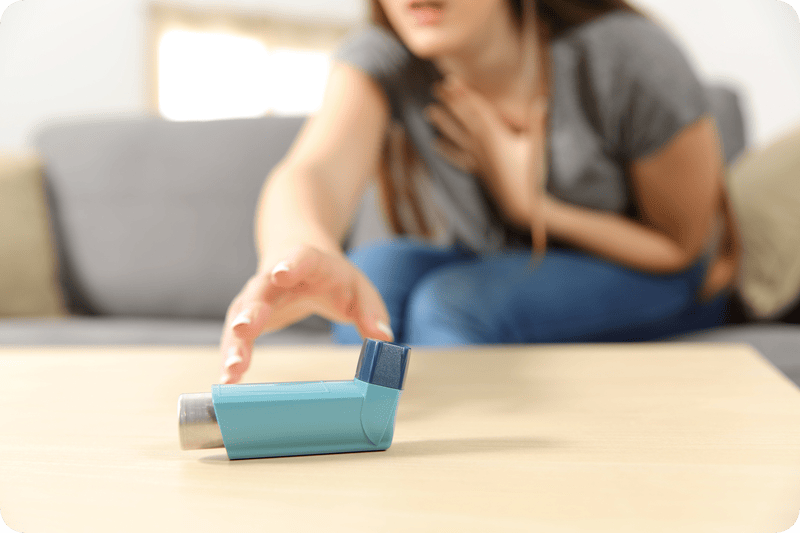 Let’s face it: Mother Nature is no friend to people with asthma. Sure, manufactured chemicals and toxins may trigger attacks. But there are plenty of hazards in the natural world that do the same.
Let’s face it: Mother Nature is no friend to people with asthma. Sure, manufactured chemicals and toxins may trigger attacks. But there are plenty of hazards in the natural world that do the same.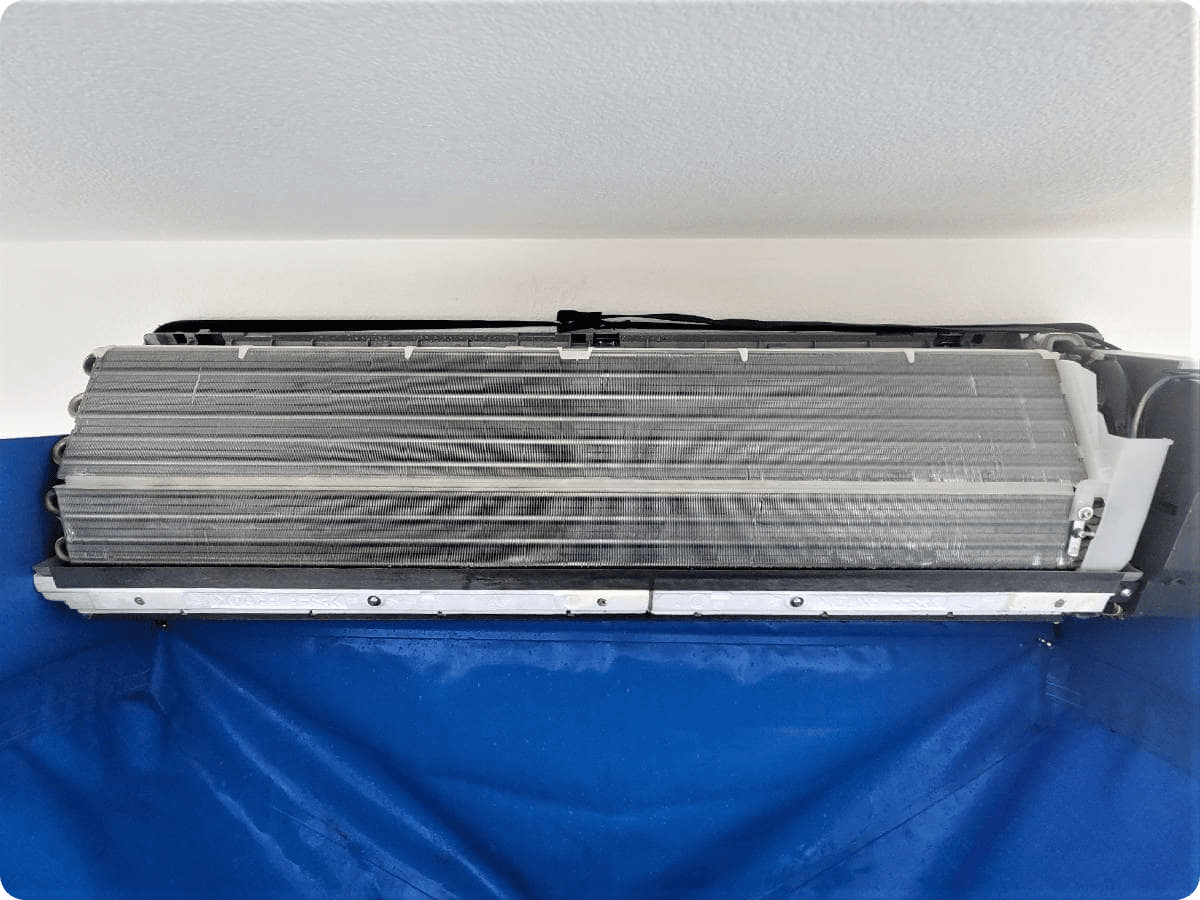
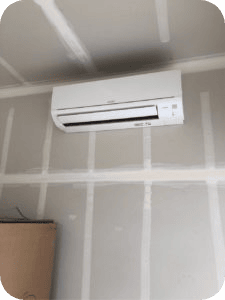 There are many possible reasons why your mini split isn’t blowing hot air or warming your home. Most of them boil down to buildup inside the air handlers that prevent airflow or heat transfer. Now, there’s an easy fix for that.
There are many possible reasons why your mini split isn’t blowing hot air or warming your home. Most of them boil down to buildup inside the air handlers that prevent airflow or heat transfer. Now, there’s an easy fix for that.
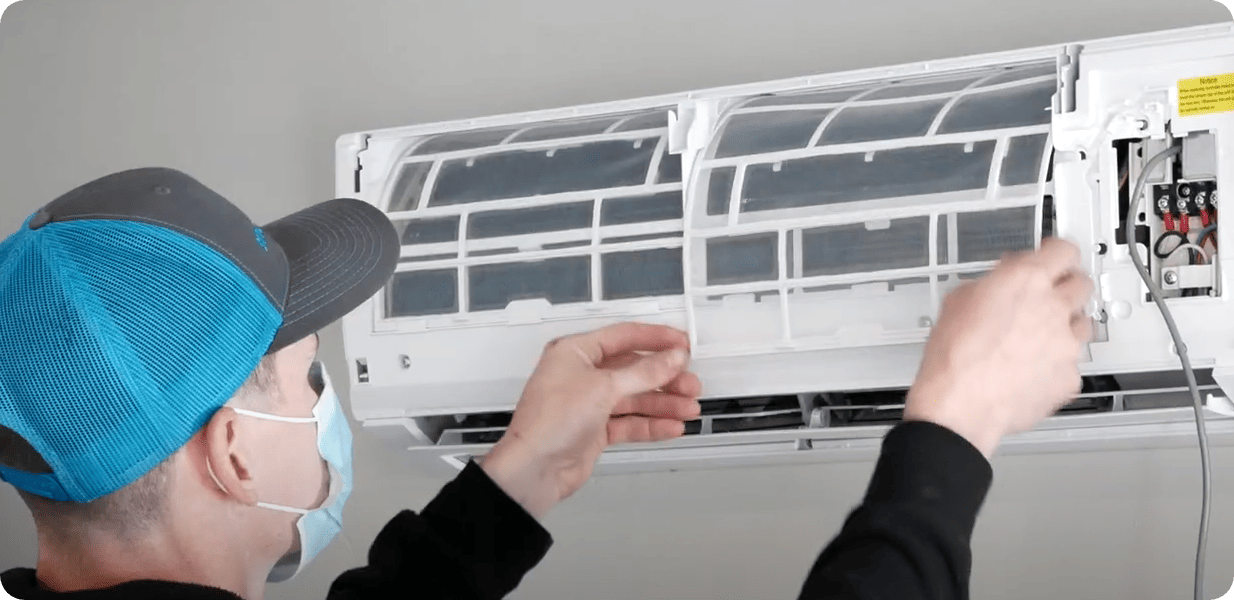 Even if you keep your home spotless, it’s still a threat. And, it’s becoming more of a risk as ductless systems become more popular.
Even if you keep your home spotless, it’s still a threat. And, it’s becoming more of a risk as ductless systems become more popular.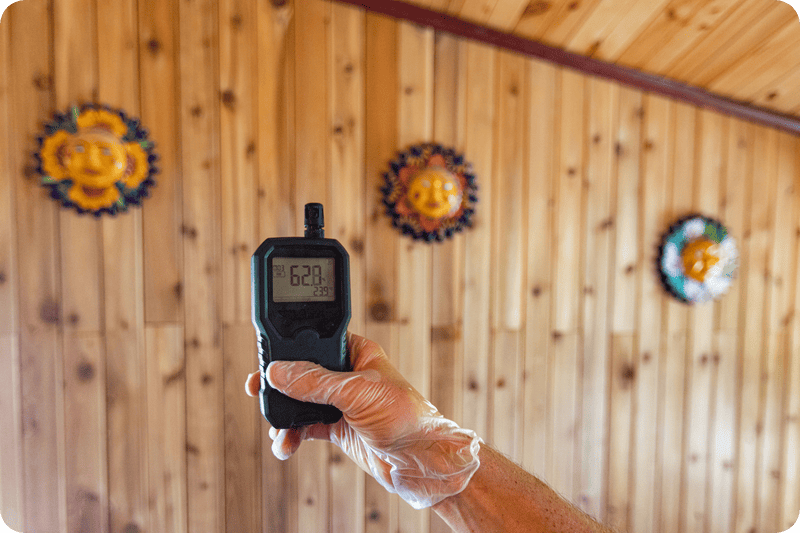 By now, everyone is very aware that what’s floating around in the air around you can be hazardous to your health. Lately, most of that focus has been around viruses. But the truth is that’s just the tip of the iceberg.
By now, everyone is very aware that what’s floating around in the air around you can be hazardous to your health. Lately, most of that focus has been around viruses. But the truth is that’s just the tip of the iceberg.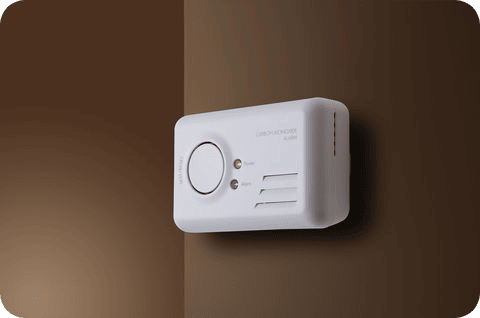 Carbon monoxide, or CO, is another odorless, colorless, and tasteless gas. It’s much more dangerous than nitrogen dioxide, however. That’s why we all have CO detectors in our homes now.
Carbon monoxide, or CO, is another odorless, colorless, and tasteless gas. It’s much more dangerous than nitrogen dioxide, however. That’s why we all have CO detectors in our homes now.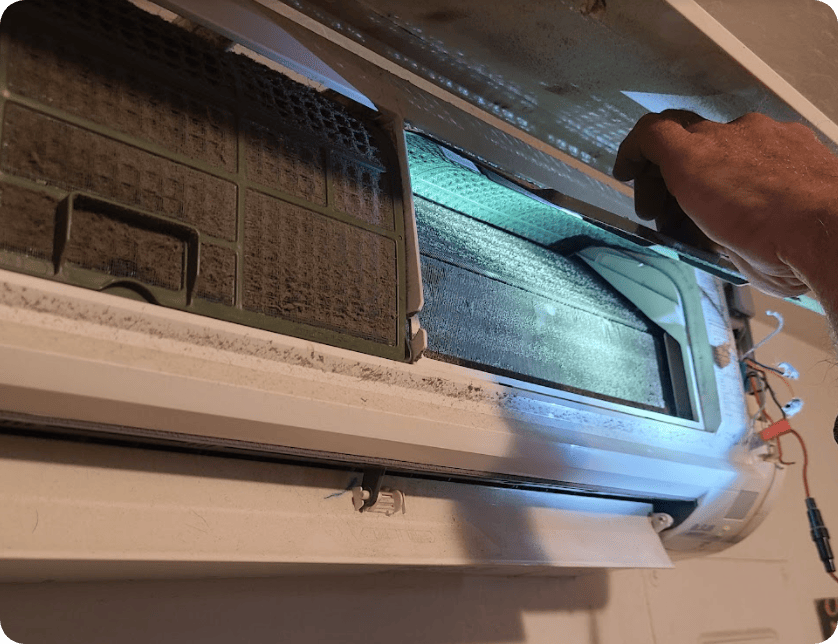 Fortunately, you can reduce the health risks from these airborne toxins with regular cleaning schedules. Just washing linens and fabrics regularly and using a damp cloth to wipe away dust goes a long way.
Fortunately, you can reduce the health risks from these airborne toxins with regular cleaning schedules. Just washing linens and fabrics regularly and using a damp cloth to wipe away dust goes a long way.